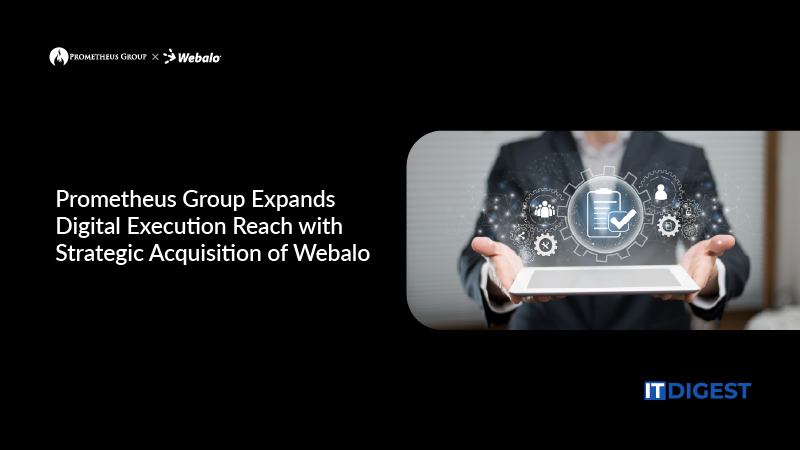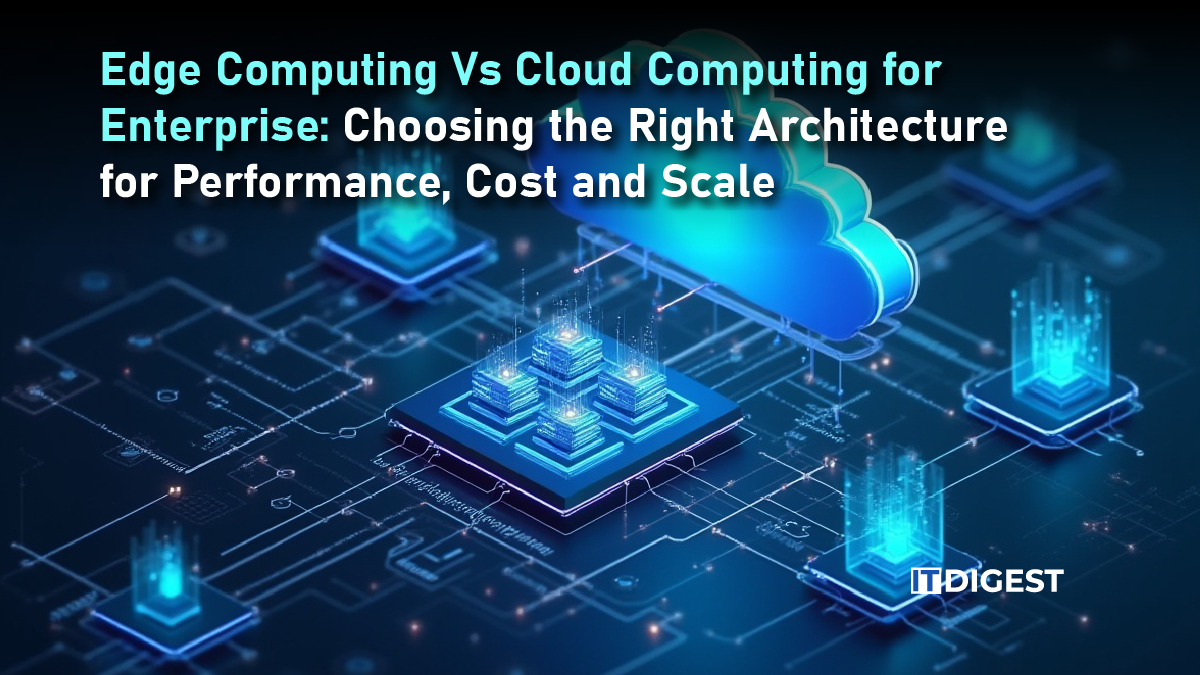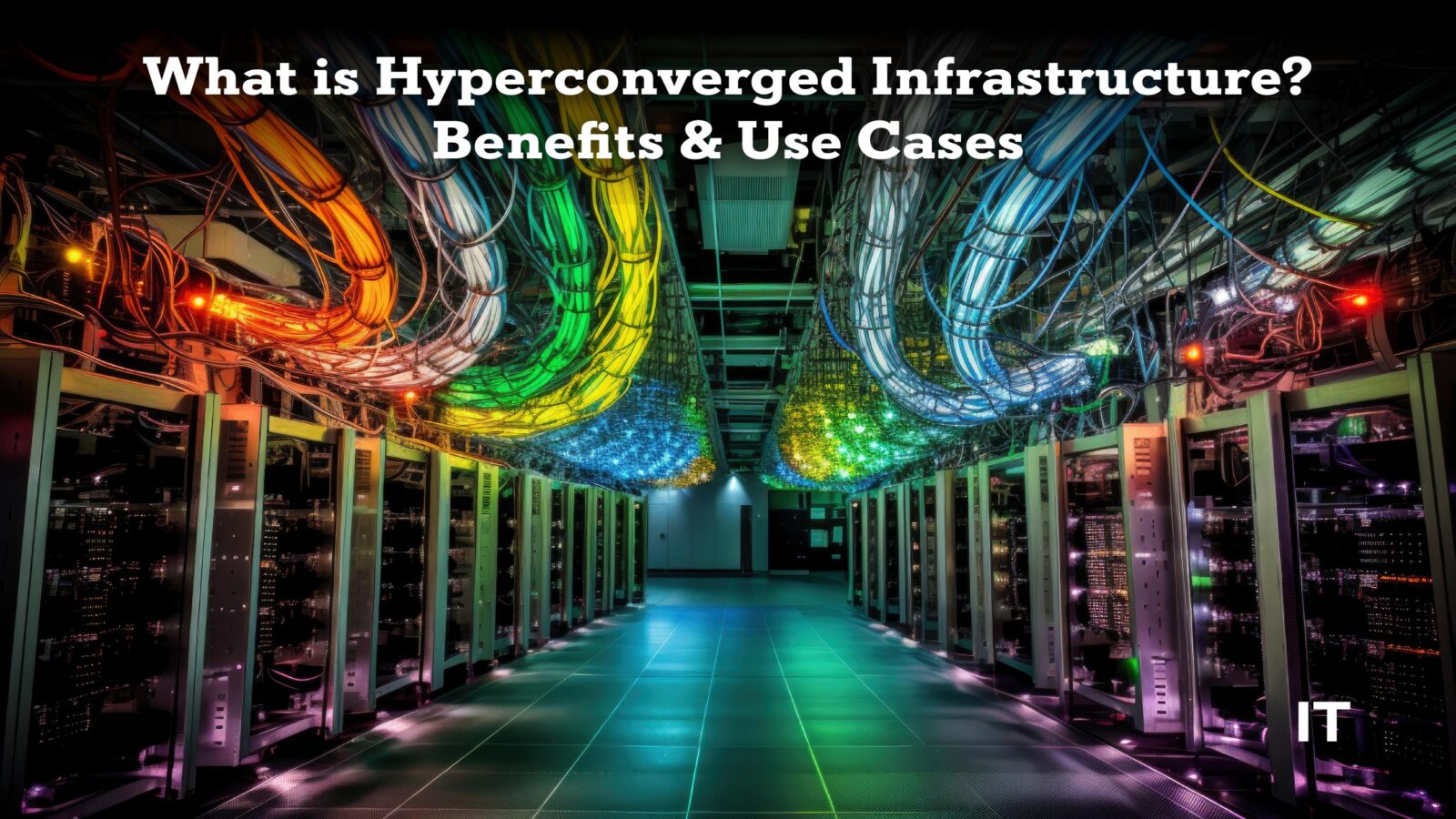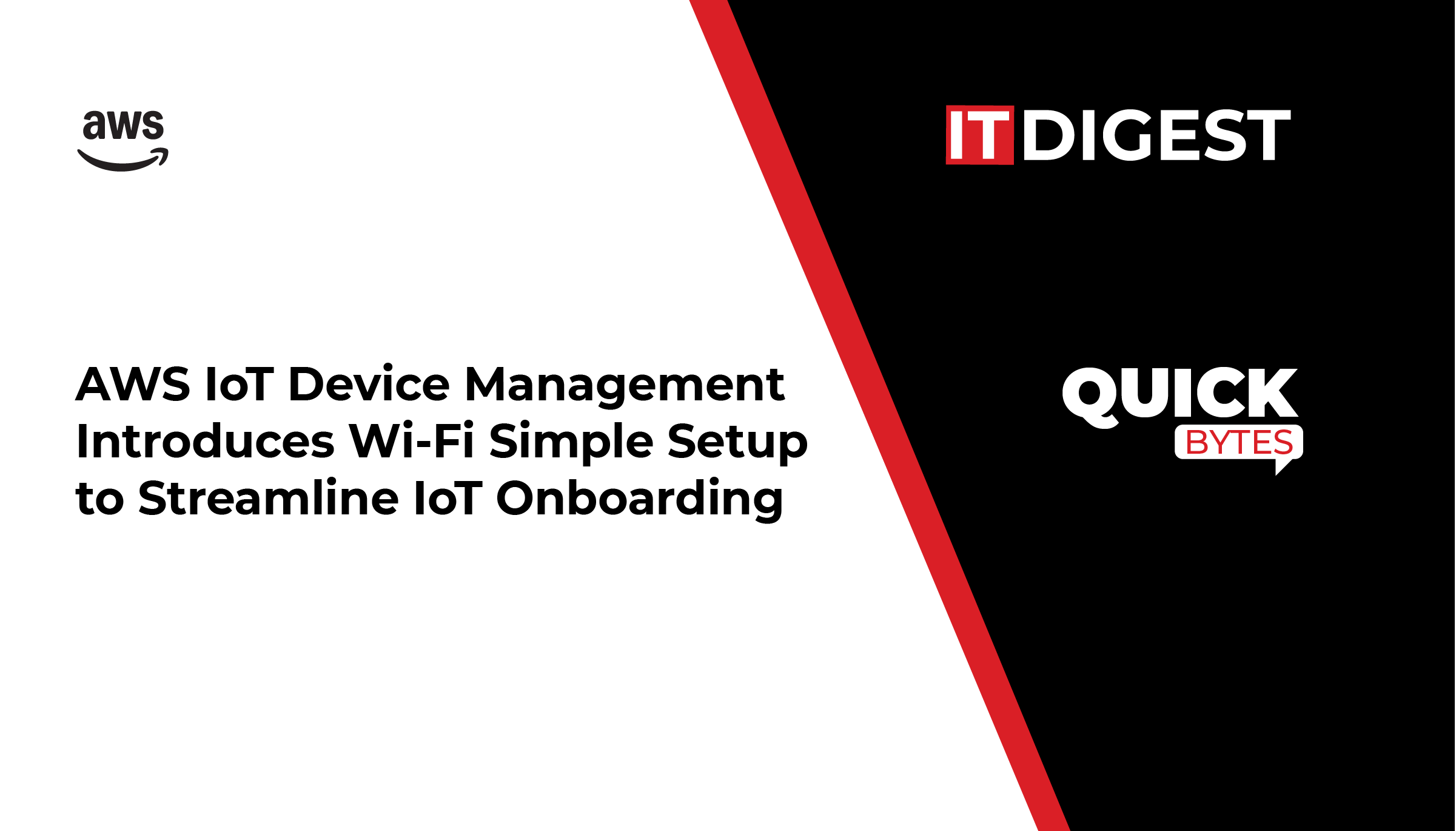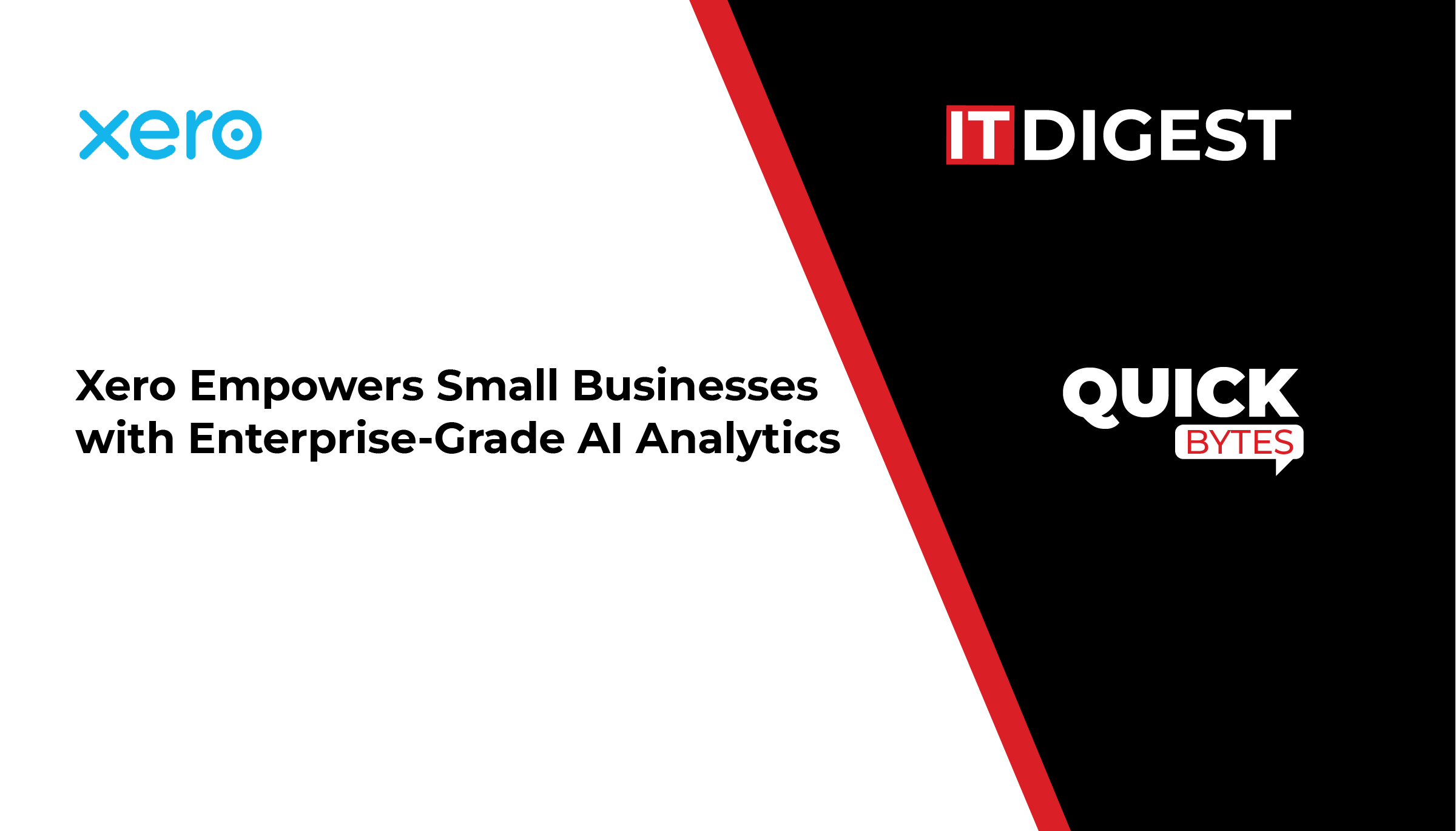Over 8,000 data centers exist worldwide. These data centers use 200 terawatt hours of electricity in the US alone, which results in a 0.3% dump of CO2 emissions. That doesn’t sound all that amazing now, does it? Everything associated with this data center infrastructure is connected by hyperconverged infrastructure or HCI.
A typical configuration consists of discrete components that require discrete teams, such as servers (used for computing), storage systems (used for data), and networking equipment. When you total all the pollutants that these components generate, this becomes a very serious issue. On the other hand, HCI integrates networking, storage, and processing into a single system.
Let’s see more about it.
What is Hyperconverged Infrastructure?
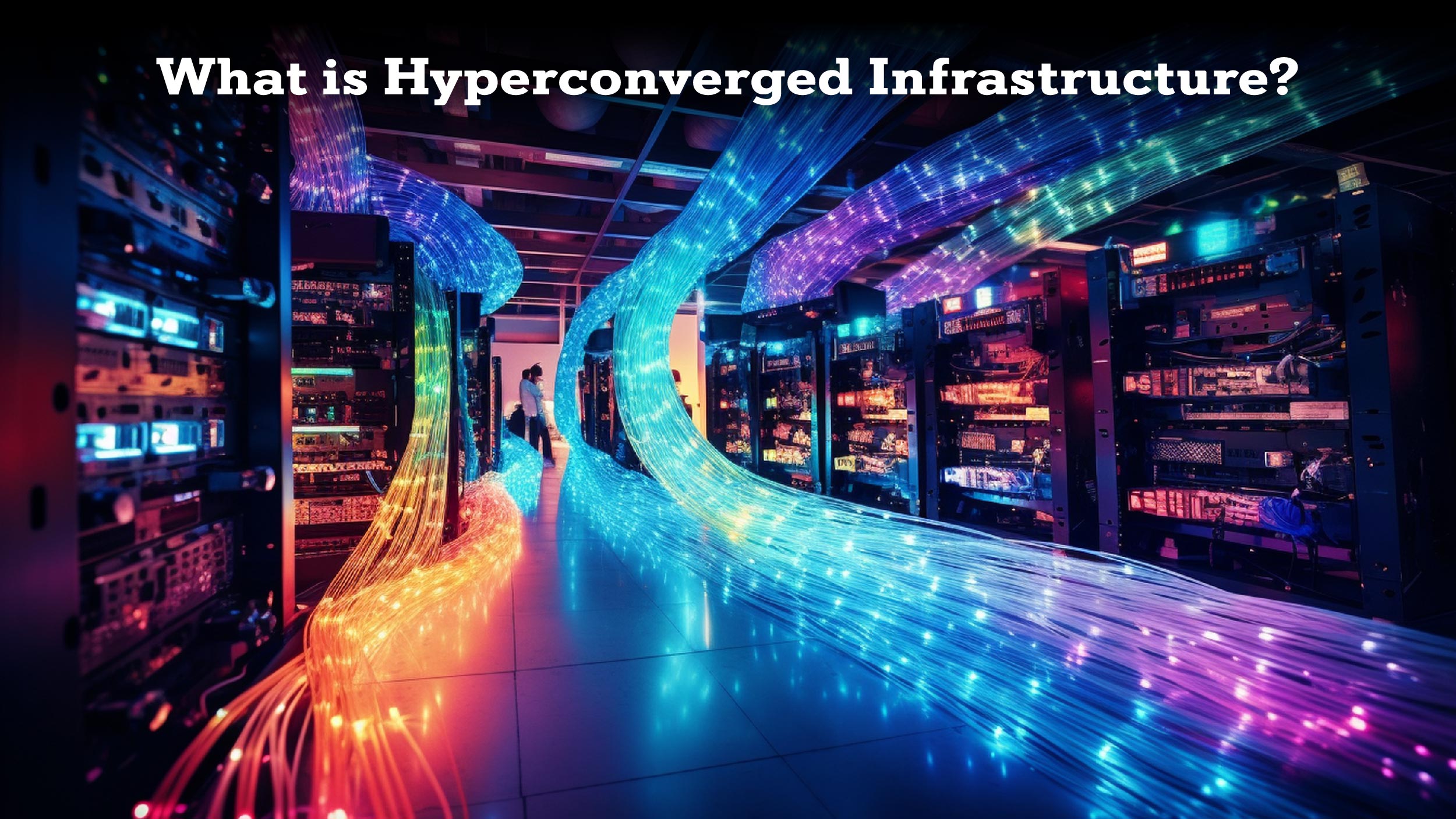 Hyperconverged infrastructure (HCI) is an innovative approach to data center infrastructure, which combines all servers and storage into a resource pool supported by intelligent software. Some of the top infrastructure solutions available include Microsoft Azure Stack HCI, HPE Nimble Storage, Cisco HyperFlex, etc.
Hyperconverged infrastructure (HCI) is an innovative approach to data center infrastructure, which combines all servers and storage into a resource pool supported by intelligent software. Some of the top infrastructure solutions available include Microsoft Azure Stack HCI, HPE Nimble Storage, Cisco HyperFlex, etc.
HCI, or hyperconverged systems, take all these resources—computing power, storage, networking, and virtualization—and bring them together in a single, software-defined platform. This means your data center is consolidated, and management becomes a piece of cake. Plus, you’ll enjoy more scalability and agility, all at a lower cost. HCI abstracts the underlying infrastructure, replacing the old separate and inflexible components with centralized management, dynamic scaling, and the simplicity of a public cloud.
There you have it, then! For companies trying to improve scalability, reduce expenses, and simplify their data centers, hyperconverged infrastructure is the way to go. Because of this win-win scenario, businesses and startups are fully committing to HCI.
Also Read: Infrastructure as a Service Decoded: Your Blueprint for Building in the Cloud
How Does Hyperconverged Infrastructure Work?
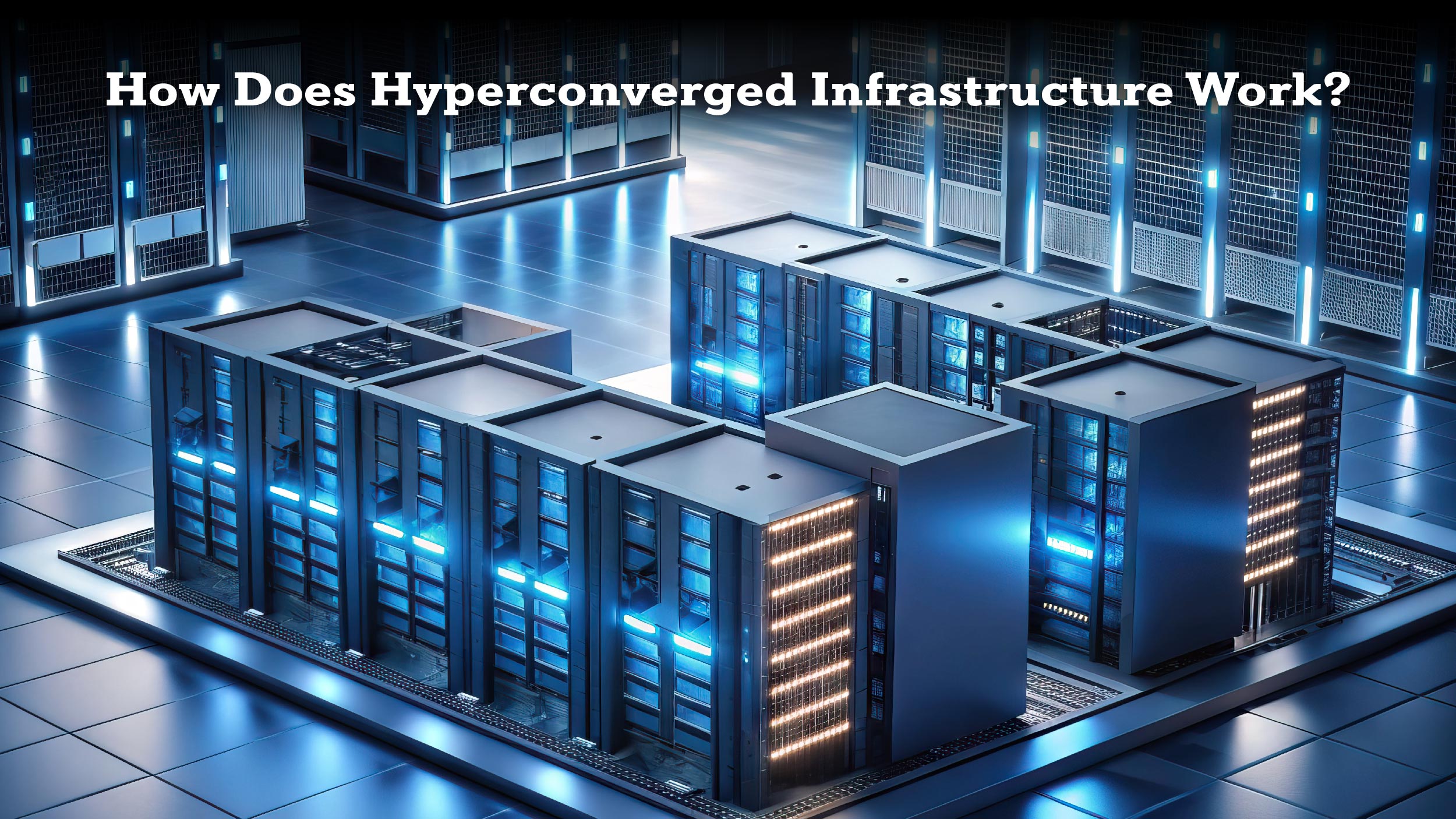 Software-defined architecture: HCI offers a software-defined element that’s deployed within the hypervisor. As a result, all resources can be centrally managed across individual instances of the hyperconverged infrastructure.
Software-defined architecture: HCI offers a software-defined element that’s deployed within the hypervisor. As a result, all resources can be centrally managed across individual instances of the hyperconverged infrastructure.- Comprehensive platform: Separate servers, storage networks, and storage arrays that we are used to seeing in traditional infrastructure are replaced by a single platform. As a result, management of the data center becomes simpler and less complex.
- Centralized management: With HCI, all components are managed centrally through the software platform. These include provisioning, monitoring, and scaling of resources.
- Agility and efficiency: HCI enhances both agility and efficiency by bringing all of the components into a unified system. There’s no longer a need for separate compute and storage resource management; operations run smoother, and workloads can be deployed faster.
- Cost optimization: HCI contributes to lower costs as there’s no longer a need to buy separate infrastructure components and unnecessary complexity. Additionally, it brings better resource utilization and allows organizations to expand and contract resources according to demand without the necessity of overprovisioning.
Benefits of HCI
- Simplicity and Easy Management: HCI brings together computing, storage, networking, and virtualization into one neat package. This means fewer headaches and less time spent managing a bunch of different systems. It’s like having a super-organized data center!
- Cost Savings: Who doesn’t love saving money, right? With HCI, you don’t need separate infrastructure components. It’s all about optimizing resources and scaling based on demand, so you’re not wasting a penny.
- Scalability: HCI lets you add or remove nodes. It’s like having a flexible system that can adapt to whatever resource requirements you have.
- Improved Performance: HCI systems are no slouch when it comes to performance. They’re packing some serious power with fast CPUs and storage devices. By combining computing and storage, your applications can make the most of that performance boost.
- Centralized Management and Control: With HCI, everything is controlled through software, so provisioning, monitoring, and scaling resources is a breeze. This allows you to easily allocate resources and keep things running smoothly.
- Reliability and Data Protection: These systems often come with built-in data protection features like replication and backup capabilities. So you can sleep easy knowing your business is safe from data disasters.
Use cases of HCI
So, let’s talk about some common ways people use HCI:
- Enterprise Data Center Infrastructure: HCI is great for traditional data center applications that need centralized storage. It can handle apps that require centralized storage, even if they don’t need virtualization.
- Virtual Desktop Infrastructure (VDI): HCI is often used to support VDI environments. It helps by reducing storage needs through deduplication and compression, which means you can use persistent desktops in a VDI setup.
- Secondary Storage and Backup: HCI is a game-changer for secondary storage, like backup and recovery. It gives you a flexible and efficient platform to manage your backup and disaster recovery systems.
- Desktop as a Service (DaaS): HCI comes into play when we’re talking about DaaS scenarios. Cloud service providers create virtualized desktop instances with software-defined storage, CPU, RAM, and GPU capabilities. These virtual desktops can then be assigned to individual users through the cloud.
- Development and Testing Environments: HCI is a perfect fit for development and testing setups. It lets you replicate resources from the production environment, making testing and tweaking much easier without interfering with the production cluster.
Bottom Line
Hyperconverged infrastructure is a transformative technology that offers numerous benefits across various applications. By combining networking, storage, processing, and virtualization into a single software-defined system, HCI reduces costs, enhances scalability, and simplifies data center management. If you’re looking to improve performance and establish centralized control, you should consider this revolutionary infrastructure.








